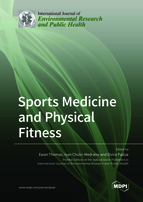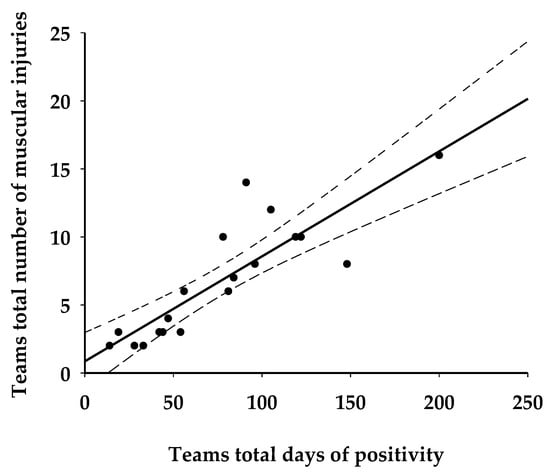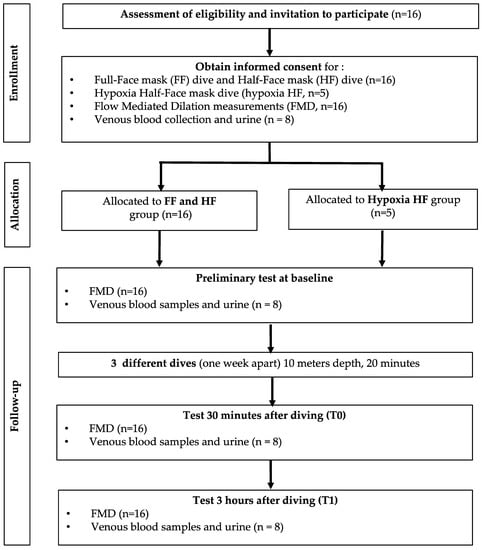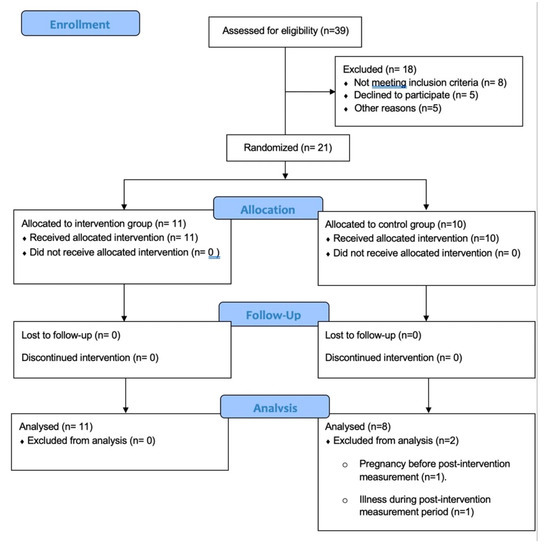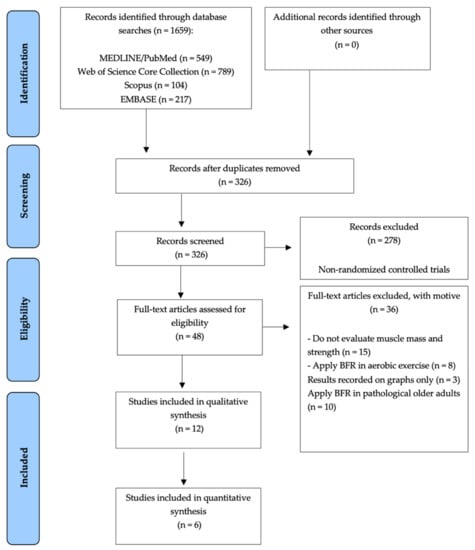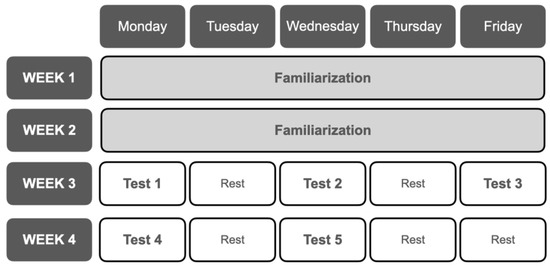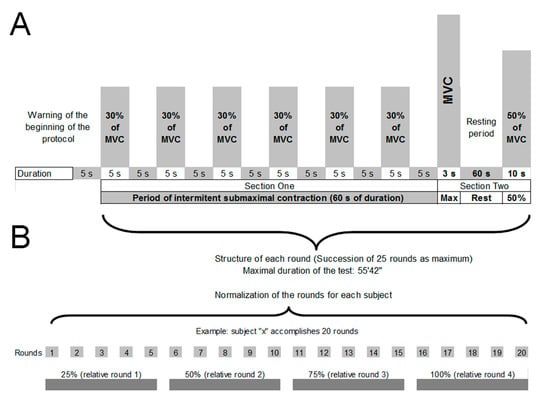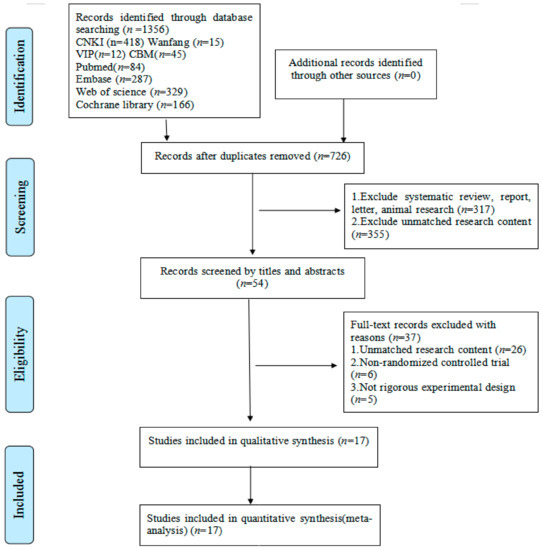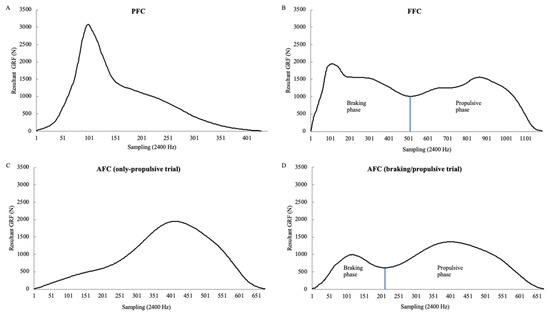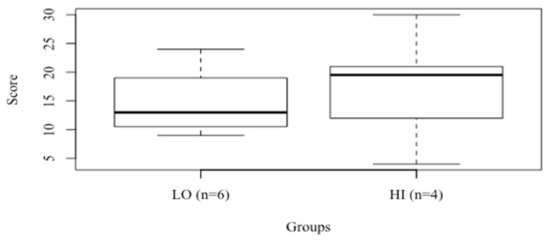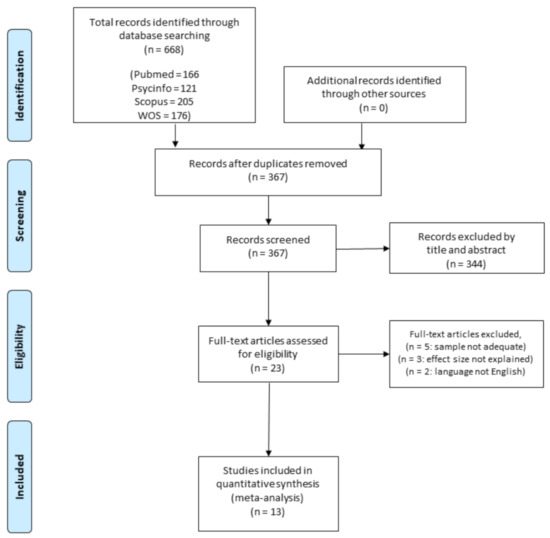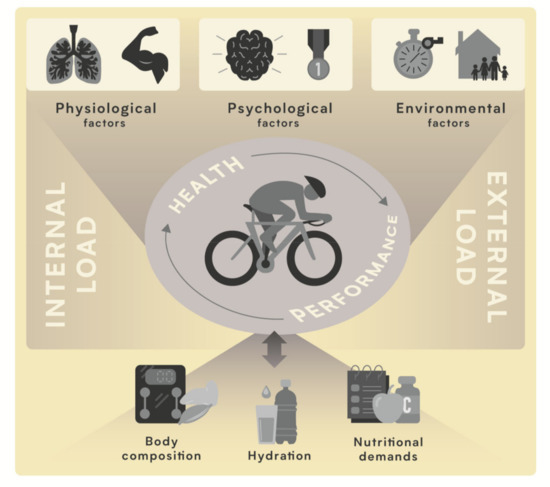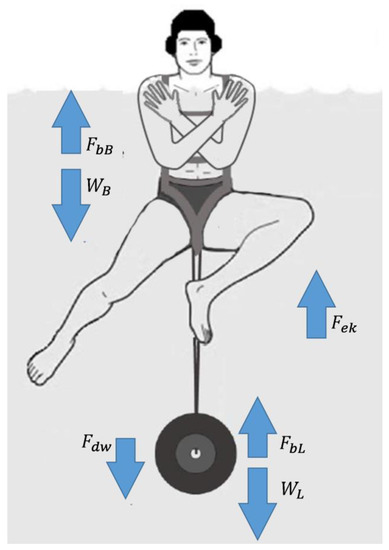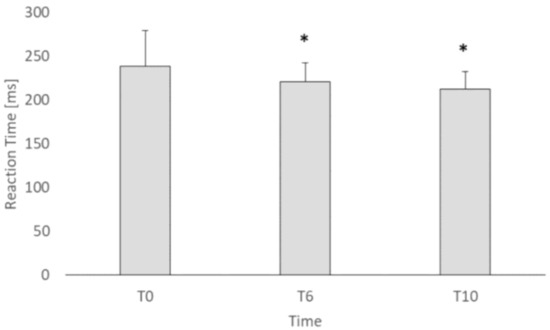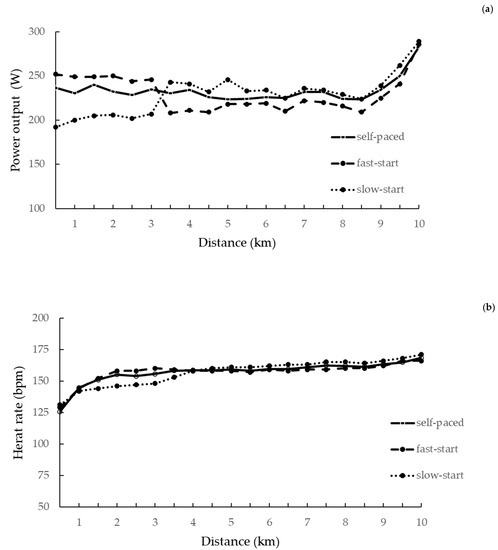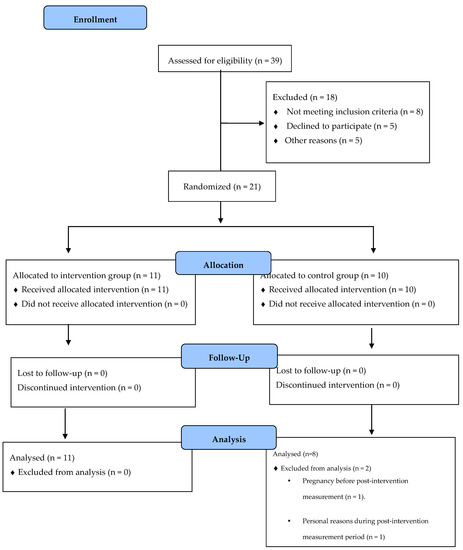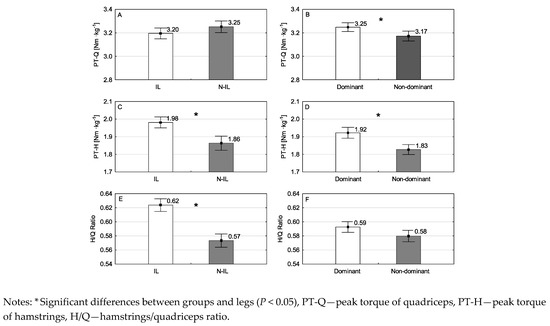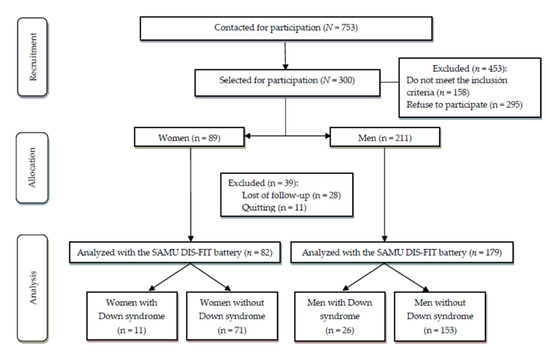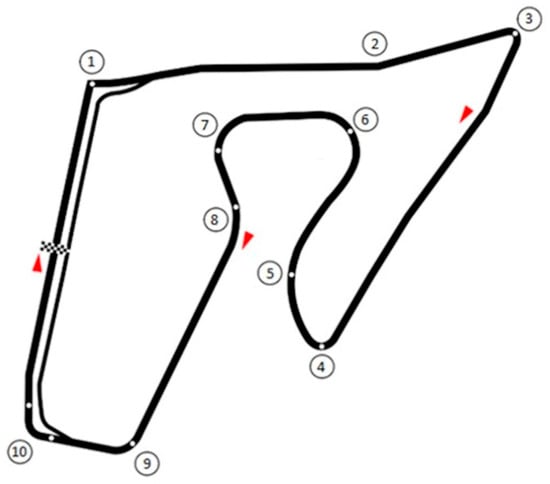Sports Medicine and Physical Fitness (Closed)
A topical collection in International Journal of Environmental Research and Public Health (ISSN 1660-4601).
Viewed by 94832Editors
Interests: physical activity; injury prevention; human movement; resistance training; stretching, osteopathy.
Special Issues, Collections and Topics in MDPI journals
Interests: physical activity; injury prevention; human movement; training; health promotion; quality of life
Interests: pediatric exercise science; blood flow restriction; resistance training; clinical exercise
Special Issues, Collections and Topics in MDPI journals
Topical Collection Information
Dear Colleagues,
A growing body of literature demonstrates that human movement, structured exercise, and sport play an important role in maintaining and improving health as a preventive factor in a large number of diseases. The benefits of physical activity have been noted across the lifespan with effects that go beyond the musculoskeletal and cardiovascular system for sport and athletic performance. These pleiotropic effects can either be preventive, such as those applied to chronic metabolic conditions (i.e., diabetes mellitus, metabolic syndrome), or applied to prevent the occurrence of injuries in sports performance. Human movement programs are also applied to improve one’s strength, endurance, and mobility to improve independence in older adults, leading to athletic development, increased physical fitness, and a reduction in a wide variety of aging hallmarks, including those that reduce the fragility phenotype.
This Topical Collection seeks papers with novel, current, original work, in any subject related to sports medicine, physical fitness, and human movement. Different populations (i.e., age groups, fitness level, and pathologies) will be considered. A special emphasis will be placed on articles that analyze the effects of movement for health improvement or injury prevention. The keywords listed below provide an outline of some of the possible areas of interest. All manuscripts will be peer-reviewed by experts in the field and held to the highest level of academic and scientific integrity.
Dr. Ewan Thomas
Prof. Dr. Elvira Padua
Prof. Dr. Ivan Chulvi-Medrano
Collection Editors
Manuscript Submission Information
Manuscripts should be submitted online at www.mdpi.com by registering and logging in to this website. Once you are registered, click here to go to the submission form. Manuscripts can be submitted until the deadline. All submissions that pass pre-check are peer-reviewed. Accepted papers will be published continuously in the journal (as soon as accepted) and will be listed together on the collection website. Research articles, review articles as well as short communications are invited. For planned papers, a title and short abstract (about 100 words) can be sent to the Editorial Office for announcement on this website.
Submitted manuscripts should not have been published previously, nor be under consideration for publication elsewhere (except conference proceedings papers). All manuscripts are thoroughly refereed through a single-blind peer-review process. A guide for authors and other relevant information for submission of manuscripts is available on the Instructions for Authors page. International Journal of Environmental Research and Public Health is an international peer-reviewed open access monthly journal published by MDPI.
Please visit the Instructions for Authors page before submitting a manuscript. The Article Processing Charge (APC) for publication in this open access journal is 2500 CHF (Swiss Francs). Submitted papers should be well formatted and use good English. Authors may use MDPI's English editing service prior to publication or during author revisions.
Keywords
- Sports medicine
- Physical fitness
- Human movement
- Physical activity and health
- Health promotion
- Injury prevention
- Quality of life
- Exercise prescription
- Clinical populations




